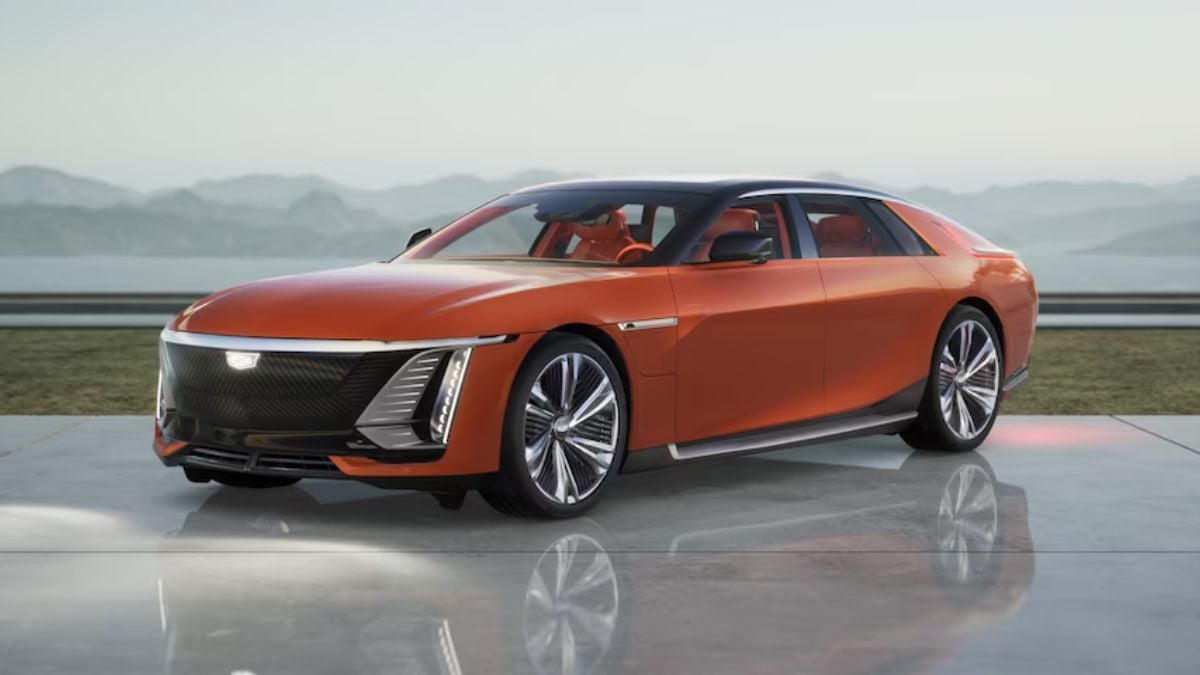One of the cars that stands out as being amazing but that didn’t sell well was the Ford Continental Mark II. My Grandmother drove one, bought for her by my Grandfather, and it was a car that was well above anything a US carmaker made at the time and it competed with Rolls Royce cars. However, Ford, and Lincoln (it sold as a Lincoln even though it didn’t carry that brand) were considered far less expensive cars and the Rolls Royce brand justified the price where Continental didn’t and the result was, they didn’t sell many of these extremely expensive, for Ford Cars, though, for their time, they were amazing.
GM is trying something similar with the electric Cadillac Celestiq which will be priced in Rolls Royce territory at around $340M, and it is an impressive car, but I don’t think the Cadillac brand has the brand elasticity to cover a car at this price range and I don’t think marketing will fix this any more than it did for Ford and that Continental Mark II.
Brand Elasticity
One of the first automotive brand lessons I was taught was on the Cadillac Cimarron and the Lincoln Versailles. And it led to similar lessons on the Porsche 914 and the 912 which also were considered failures. All of these efforts failed because they showcased the limitations of brand Elasticity for their various brand. These were all considered luxury brands and the moving down market made it, so people devalued the parent brand, and sales of the more expensive products under that brand slid so all of these cars were discontinued.
On the other side, we’ve had cars like the Mazda Amati, VW Phaeton W12, and Aston Martin Lagonda (and that Continental Mark II) that attempted to go the other way and these failed as well because the parent brand didn’t have the elasticity it needed (and at least two of these cars also kind of sucked).
You see people like the exclusivity of a major brand. I remember thinking about buying a Corvette which is sold in Chevrolet dealers, and having my wife walk into the dealership with crying babies, big families, and just normal folks and saying, nope, we aren’t doing this, because she is being treated the way you are treated in a Jaguar, Mercedes, or Infiniti dealership.
So, it is hard to go down in price because you devalue the parent brand, and it is hard to go way up in price because the parent brand (and dealers) don’t provide the experience, exclusivity, and yes status that you get with those premium brands.
Now Cadillac is a premium brand, but they aren’t in the same class as brands that typically sell cars in the $200K plus range. I went into one of those dealers once, and it was a whole different experience, white gloves don’t begin to cover it. It’s like you truly belong to an exclusive club and the cars, when you drive them, convey that exclusivity and status.
Cadillac is nice, but even Mercedes Maybach dealers are typically very different than your typical Mercedes experience. And clearly Maybach is an exception to the rule, but Maybach carries the brand identity and provides for a better experience, not Mercedes. But this shows it can be done, but you have to do it like Mercedes did it, not like any of the brands I’ve listed before that failed.
Wrapping Up:
I like the Celestiq, but I think Cadillac will fail with it just as others have failed because they won’t market the brand to a level that will establish its status, they won’t seed enough cars to celebrities to change the image of the parent brand or the Celestiq brand or learn from their own mistake or Mercedes’ success.
As a result, even though I like the car, I expect it to fail in the market. But there is still time for GM to do this right or walk away (the latter option may be the better choice because funding the effort to make the Celestiq successful will be harder than building the car in the first place.
Rob Enderle is a technology analyst covering automotive technology and battery developments at Torque News. You can learn more about Rob on Wikipedia, and follow his articles on Forbes, on X, and LinkedIn.





